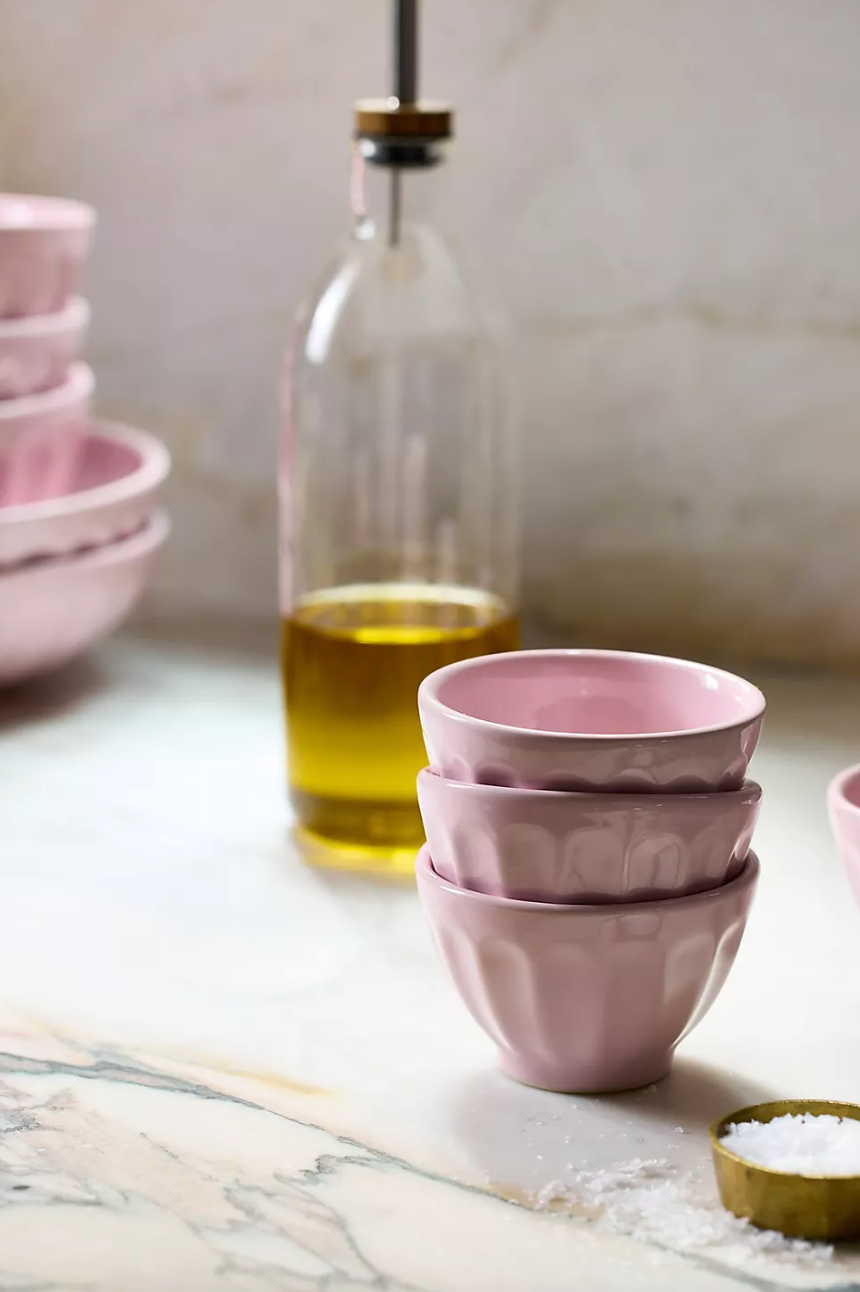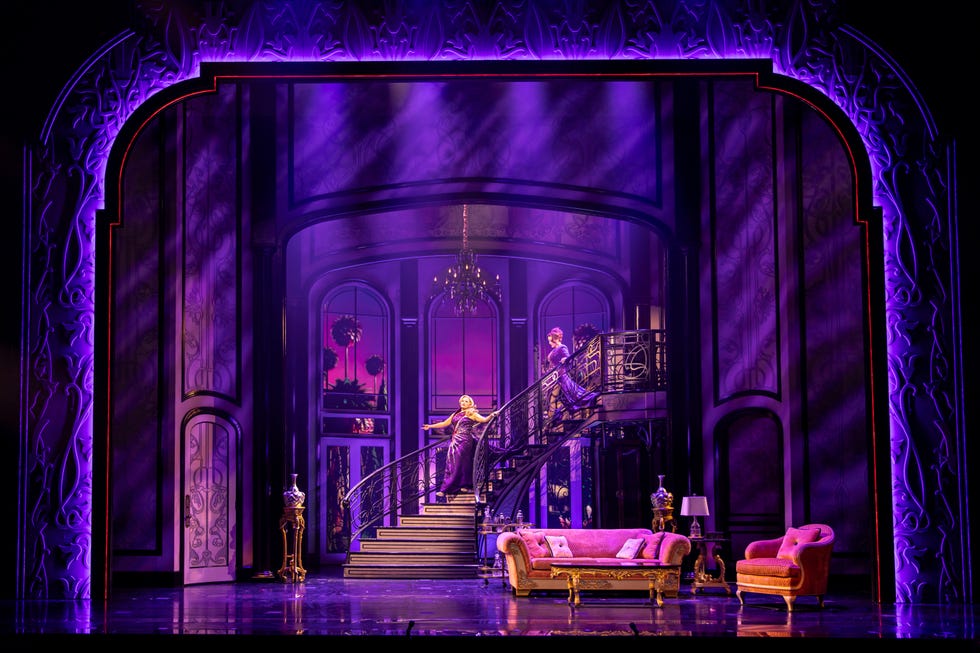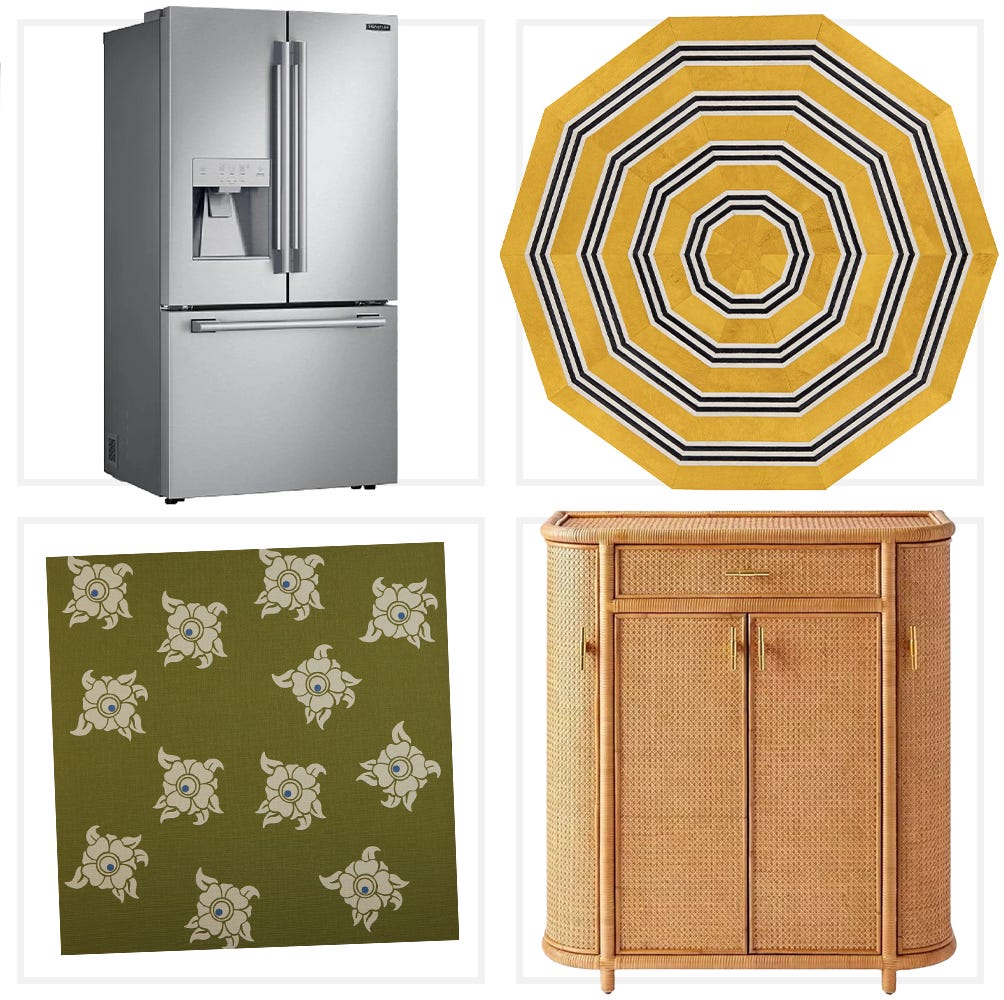Ideally three inches in diameter but up to five, about two to three inches deep: There’s nothing a small bowl can’t do. No, that’s hyperbole. Of course the small bowl can’t do everything. It’s small, that’s the point. But is there another household object that cuts across genres as elegantly? From organizing to snacking to dinner-table setting, small bowls are versatile.
And if you know me, you know I love them. Yes, it’s an obsession. I want a small bowl for almond butter and another for apple slices; crackers want a small bowl and so do my headphones, chapstick and earrings. The bee and the moth found dead on the windowsill have to be honored by display in a very small, ultramarine bowl on an end table.
Primarily, though, I want a small bowl for food. Here’s the argument: Small bowls make everything look better. With a small bowl, there’s no need to arc pear slices around brie or to stack crackers just so. A small bowl projects ceremony. Filled, small bowls in bright colors become studies: Cerulean against the dun of cashews. Peach against the ivory of aged goat cheese. Gold against the tangerine of tangerines. Peeled. Etcetera.
Small bowls also lend dignity to snacking. Hashtag «girl dinner» was what small bowl-users have known forever: Crackers are dinner if they fill the dish they’re served in (simply refill until you’re satisfied). The loneliest plate is half empty.
One more thing: Small bowls are ideal for hosting. Everyone gets her own candied yuzu and clementines. Each set of hands gets a stack of carrots (raw, but sprinkled with lime and oak-smoked sea salt).
Typically billed as nut or dessert bowls in the U.S. (pinch bowls and ramekins count, so do finger bowls; rice or miso bowls, too; I’m in thrall to the kobachi), there’s no best or prettiest. Choosing a small bowl is a personal journey, one informed by need and aesthetic. This doesn’t mean I don’t have suggestions. From the bespoke to the standard, there’s a bowl for everyone. Ideally though, you’ll start with six.



